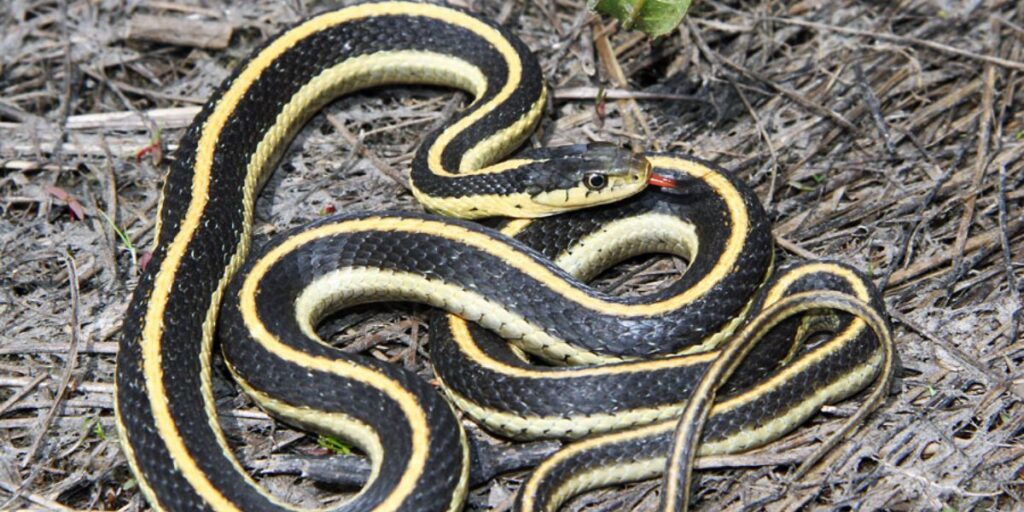If you’ve spotted a black snake in Nevada, don’t panic—these slithering creatures may look intimidating, but they play an important role in the local ecosystem.
While not as common as in more humid states, certain black-colored snakes are native or adaptable to Nevada’s dry desert and scrubland environments. Understanding their purpose can help reduce fear and promote coexistence.
What Are Black Snakes?
In Nevada, when people refer to “black snakes,” they are often describing Coachwhip snakes (which can appear dark brown to black), Western Racers, or Gopher snakes that may have darker markings. These are non-venomous species and are often mistaken for more dangerous ones like rattlesnakes due to their speed and sudden movements.
Are Black Snakes Dangerous?
Most black snakes in Nevada are not venomous and pose no real danger to humans or pets. In fact, many of them actively avoid human contact and will flee rather than fight when encountered.
They do not attack unless provoked and are more beneficial than harmful.
Why Are They Beneficial?
1. Natural Pest Control
Black snakes feed on:
- Rodents
- Lizards
- Insects
- Other snakes (including venomous ones)
Their diet helps keep pest populations in check, reducing the spread of disease and damage to crops or gardens.
2. Balance in the Ecosystem
As both predator and prey, black snakes are a crucial part of Nevada’s natural food chain. They help maintain ecological balance by preventing overpopulation of smaller species.
3. Keep Venomous Snakes Away
Some black snakes will compete with or prey on venomous snakes like rattlesnakes, reducing the chances of dangerous snake encounters near homes or trails.
Read Also: Spotting Black Snakes in Texas? Here’s Why They’re Beneficial
Where You Might See Them
Black snakes are most commonly found in:
- Rocky outcrops
- Desert brush areas
- Around barns or abandoned buildings
- Dry riverbeds or canyons
They are active during the day, especially during warmer months, and may be spotted sunbathing on rocks or slithering across hiking paths.
What To Do If You See One
- Keep your distance: Don’t try to handle or corner it.
- Let it move on: Most snakes will leave on their own if not threatened.
- Avoid disturbing their habitat: Piles of wood, debris, or tall grass can be snake-friendly zones.
Final Thoughts
Black snakes in Nevada may seem scary at first glance, but they are more of a friend than a foe. Their ability to control pests and help manage venomous snake populations makes them a valuable ally in nature. So next time you see one, take a step back—and let this helpful reptile go about its business.




More Stories
Spotting Black Snakes in Nevada? Here’s Why They’re Beneficial
Spotting Black Snakes in Nevada? Here’s Why They’re Beneficial
Spotting Black Snakes in Nevada? Here’s Why They’re Beneficial